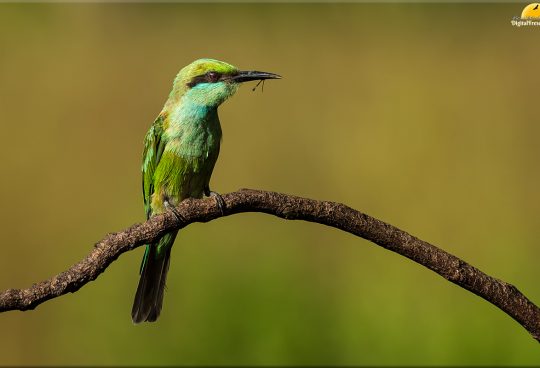An attractive heron, if slightly odd in appearance, the Capped Heron is a resident of South American forested swamps, river courses and small pools. Although it seems adaptable to any habitat with water and has a wide distribution, it usually occurs only at low densities. Often seen flying along rivers or feeding in pools, the Capped Heron can be conspicuous, and easily is identified by its silvery white body plumage, black cap and striking blue face. In flight, it is best distinguished from other white herons by its small size and rapid, choppy flight style. The sole member of the genus Pilherodius, the Capped Heron is superficially simlar to the night-herons, but does not share their nocturnal feeding habits nor their distinctive juvenile plumage. This species is very distinct from other herons, being the only one with a blue beak and face, and a black crown. The belly, chest, and neck are covered with yellowish-white or light-cream feathers. The wings and back are covered with white feathers. Three to four white long feathers extend from the black crown. No sexual dimorphism in color or brightness has been noted.
Capped Herons hunt mainly for fish, but also for aquatic insects, tadpoles, and frogs, along the edges of small marshy pools and slow moving wooded streams. Fish tend to be between 1 and 5 cm long. Insects also may be gleaned off of nearby vegetation. They spend about half (49%) of their foraging time in a standing crouched position. In a typical sequence described by Kushlan et al. (1982), a Capped Heron will stand erectly, then, locating a potential prey item, crouch slowly and extend their neck. This may be followed by a quick side to side head motion. They may also forage while walking, usually covering the same area repeatedly, pausing for a few seconds while slowly moving a foot to take a new step. The predominant motion used to catch prey is a bill thrust, accompanied by a body lunge, followed by grasping or piercing. They have a success rate of 23%, but have a high strike frequency. There are reports of aerial hunting, with birds hovering over the water and swallowing fish in flight, and hunting from perches. Capped Herons move frequently between feeding sites, sometimes flying up to a 100 m. When only moving a few meters, they will walk quickly or hop. May be crepuscular, but have been observed foraging during broad daylight, unlike the night-herons. It is classified as least concern by IUCN.
![]()






Sorry, the comment form is closed at this time.